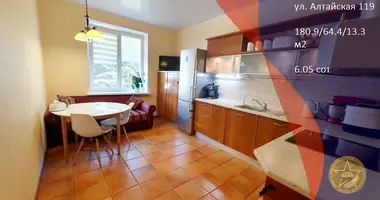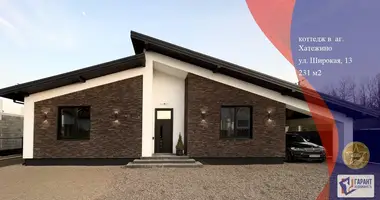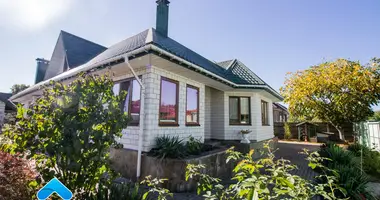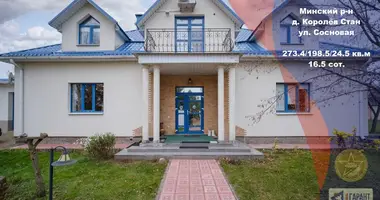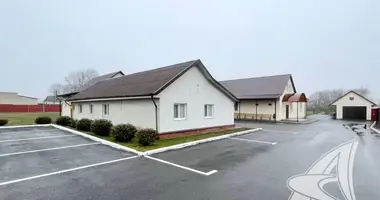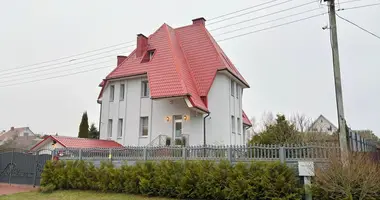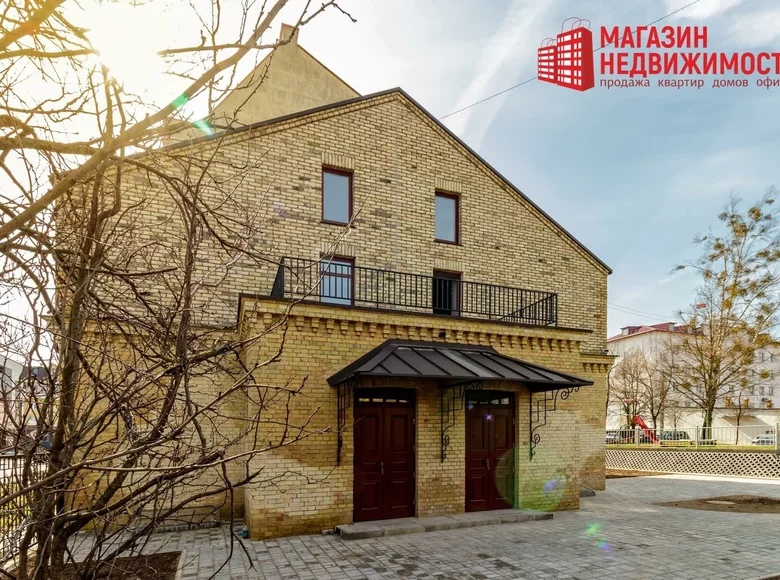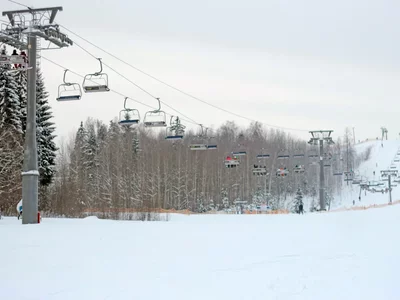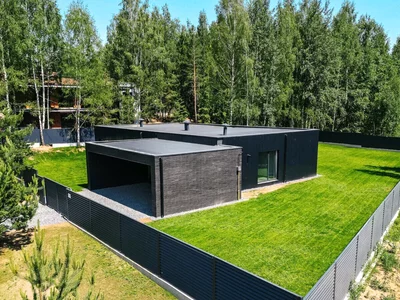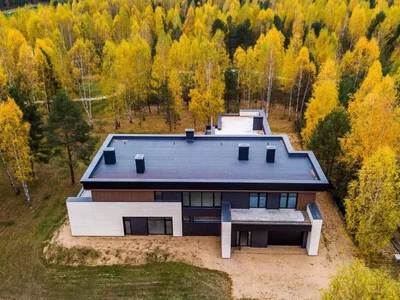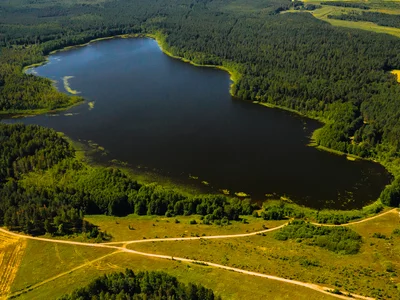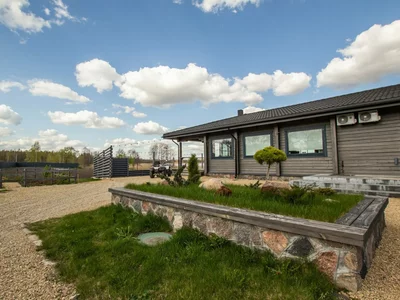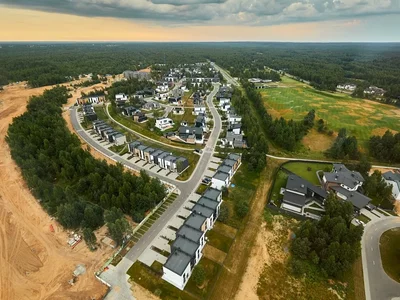Zagorodnaya Street arose at the dawn of the 19th century (the current name of the street since 1940 — September 17), where history left its mark, in the form of architectural forms and the birth of outstanding people. Various houses were located along the street, for example: № 8 was a two-story wooden house with an attic, a cruciform roof and four gables. On the main facade there were two risalits, between them a balcony, the house was known as the “Lyubego” bakery.
House № 10a is known as “house Prytytsky”. Constructivist style brick addition. Sergei Osipovich Pritytsky lived here.
House № 12 stands out for its unique architecture, one-story, brick, with a mezzanine. The high, complex configuration of the roof, covered with red clay tiles, in which the Fedoruk family lived. The owner of –, Vladimir Trofimovich, headed the Belarusian school in Grodno. His son Leonid in the 30s was a famous track and field athlete, multiple champion and Polish record holder in discus throwing and shot put.
Until the mid-60s of the last century, house № 42, where the founder of the Grodno Zoo, Jan Kokhanovsky, lived, was preserved on 17 September Street.
In the depths of the street there are a number of houses №№ 50 – 54, in the constructivist style, where there was a large garden with fruit trees.
In the post-war years at the address: st. September 17, № 59 there was a furniture and mechanical factory, later the production of stringed musical instruments – balalaikas and guitars was mastered.
At the beginning of the twentieth century, on the corner of today's Timiryazev and 17 September streets there were state wine warehouses (now the hypermarket «Euroopt»). In 1910, the Borovsky brothers opened plumbing and mechanical workshops on this territory, where the later ones also mastered cast iron and aluminum casting.
At the beginning of 1920, a complex of 4 residential buildings made of characteristic yellow brick was erected, which was manufactured at the famous Stanislavovsky brick factory (the area of modern streets of Dzerzhinsky-Pushkin). Stanislavovsky«brick owes its yellowness to the yellow color of the clay from which it was produced.
Today we offer for sale one semi-detached house from this ensemble of buildings in the style of brick electics, which can become your cozy home in a quiet area of the city and continue the history of our city.
House with onion window lintels with locks and cornice trimmed with « cracker bricks». In February 2024, a complete renovation of the house was completed, making the historic building a modern, technologically advanced and practical structure. As a result of the reconstruction, the roof and windows were completely replaced, the doors were restored, the wine cellars were waterproofed, and all communications were replaced. The house has a modern heating system, a fully installed heating system, the ability to connect a fiber optic line, and preparations have been made for finishing.
The building has a total area of 414 square meters, the building has only 2 apartments with a separate entrance to its courtyard. Each apartment is a living space with a free layout, 1st floor, attic with access to a spacious balcony overlooking the city, mezzanine and authentic wine cellar.
The area of the land plot is almost 7 acres, fenced off, and parking.
Within walking distance are the architectural attractions of the royal city: Jean Emmanuel Gilibert City Park; Grodno Zoo, railway station; Cathedral of St. Francis Xavier; Cathedral of the Intercession of the Blessed Virgin Mary; Lutheran Church of St. John, where mini organ music concerts on a mechanical organ, classical music and choral singing concerts take place in the evenings; Great Choral Synagogue; Grodno Palace – Stanislavovo, the former residence of the last king of the Polish-Lithuanian Commonwealth – Stanislav August Poniatowski; the Palace of the famous Chetvertinsky family is the Royal Medical Academy (now the oldest university on Belarusian lands); Puppet Theater, the Oldest Pharmacy Museum; the two oldest water towers, and many other objects on the streets of the Old City.
For modern family life – developed infrastructure with many social facilities.
The future owner of the building has the opportunity to determine its purpose at his own discretion. On the one hand, it can be a wonderful home with history and soul in the city center. On the other hand, the building is an excellent commercial investment project, which can become a mini-hotel, office space, catering facility, medical center or have another purpose in accordance with the needs of the owner.
Contract number with the agency 267/5/2024 from 2024-04-25








